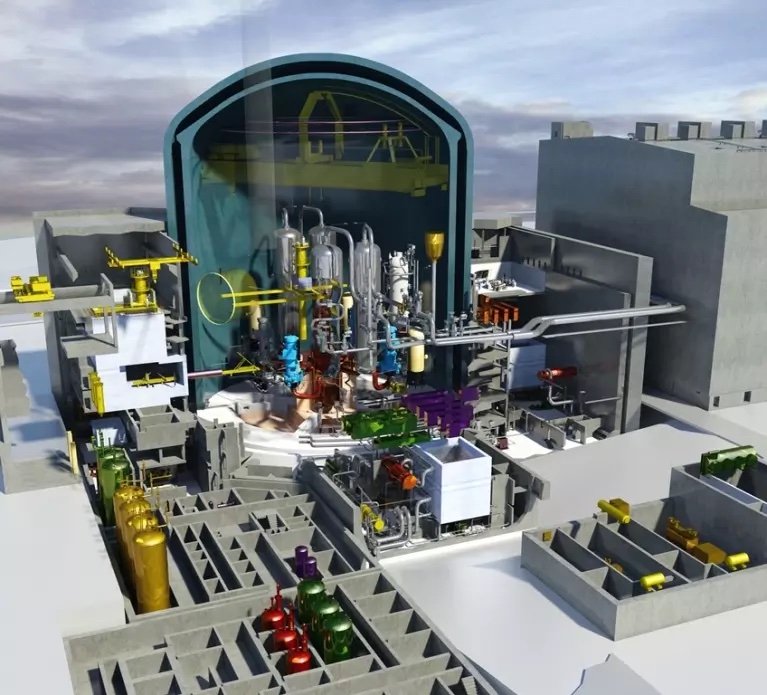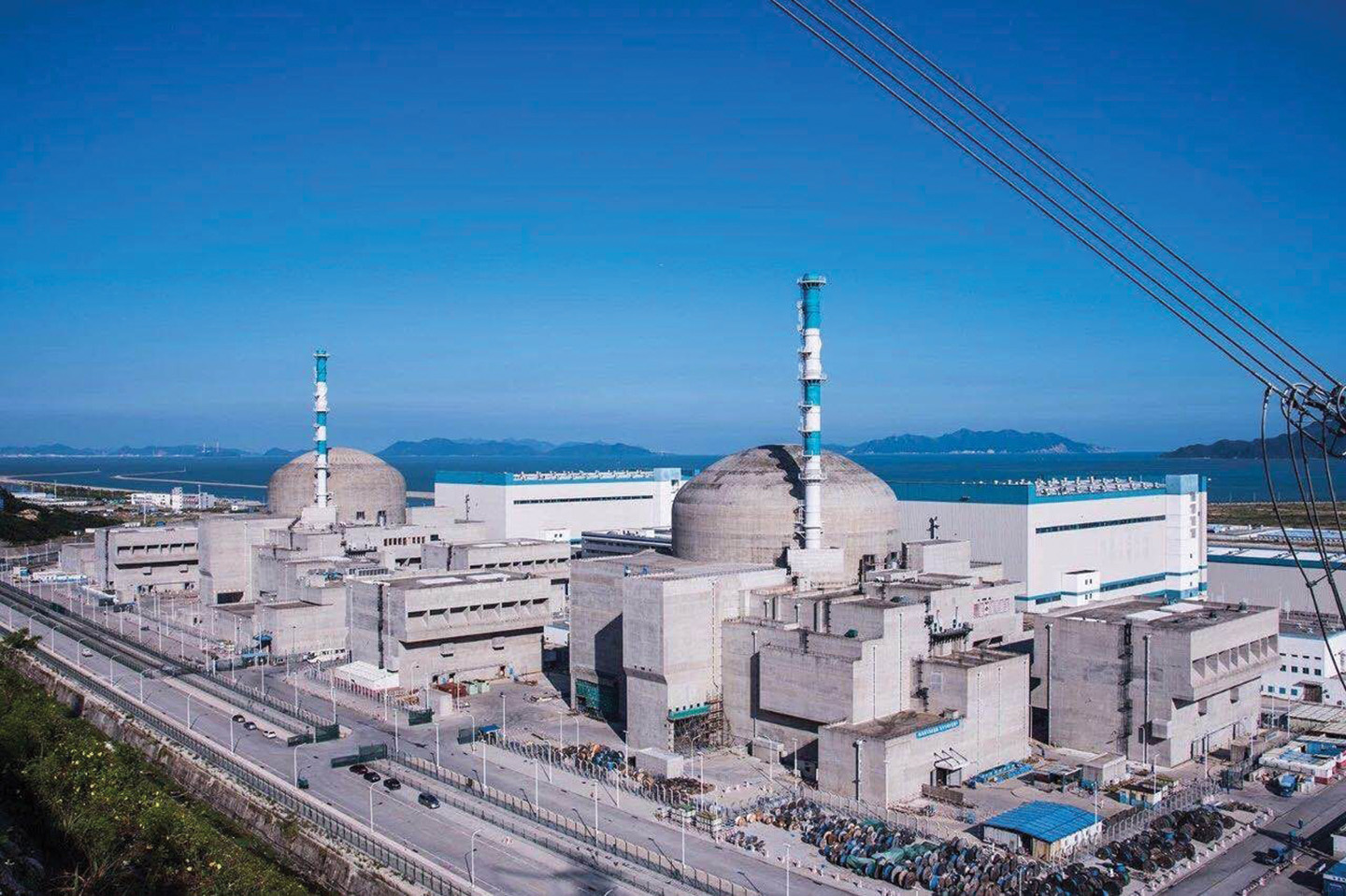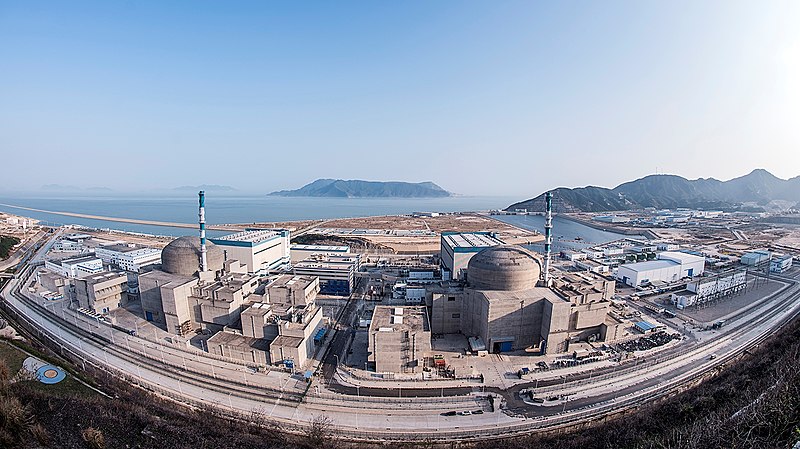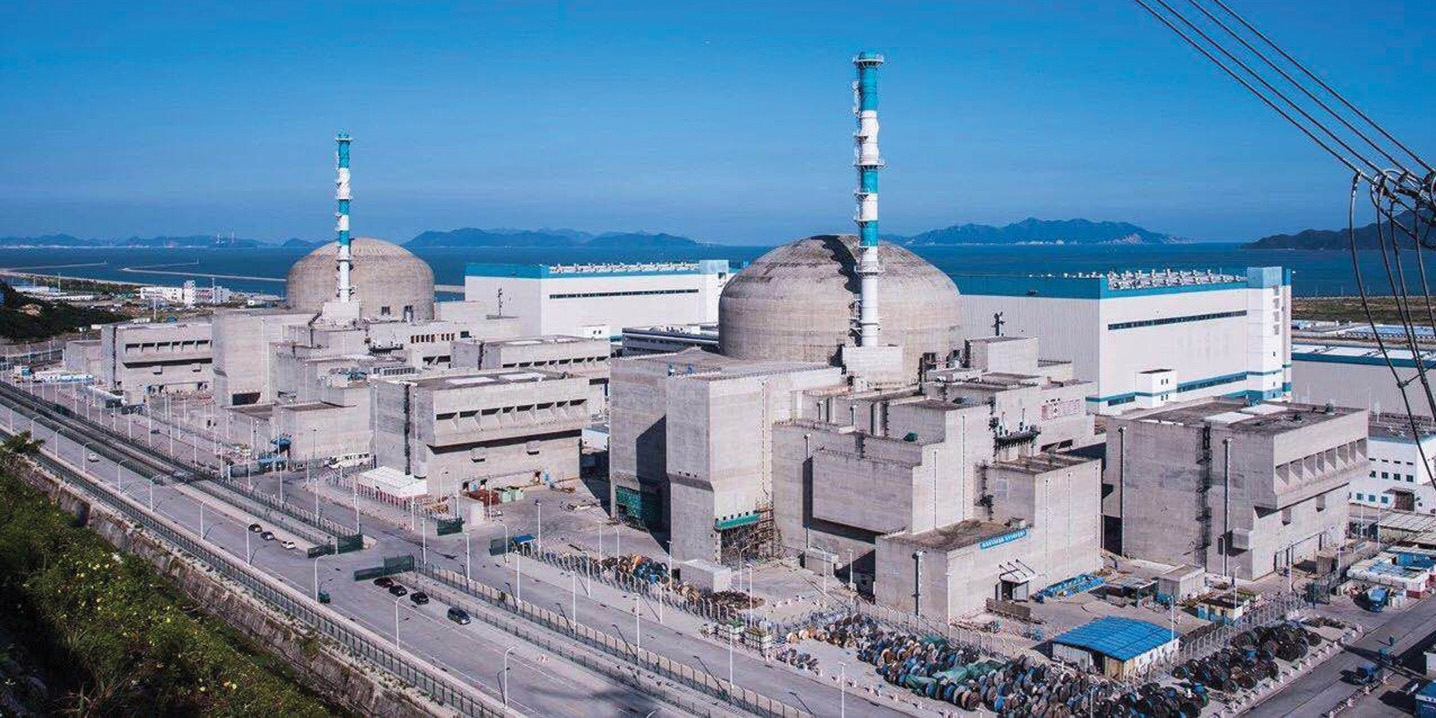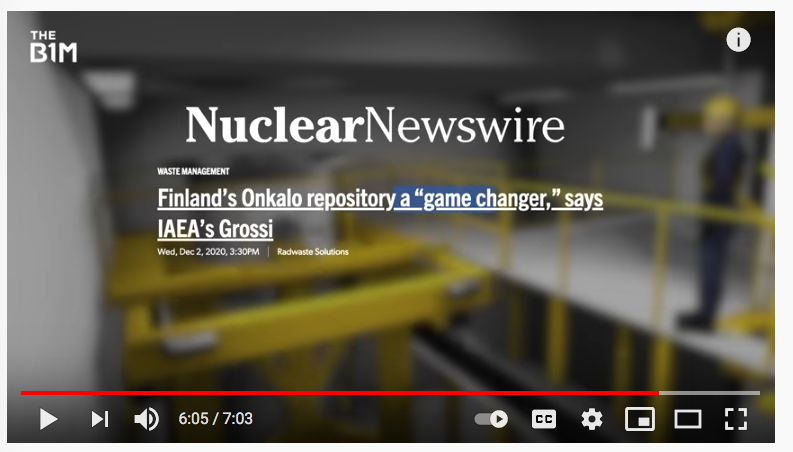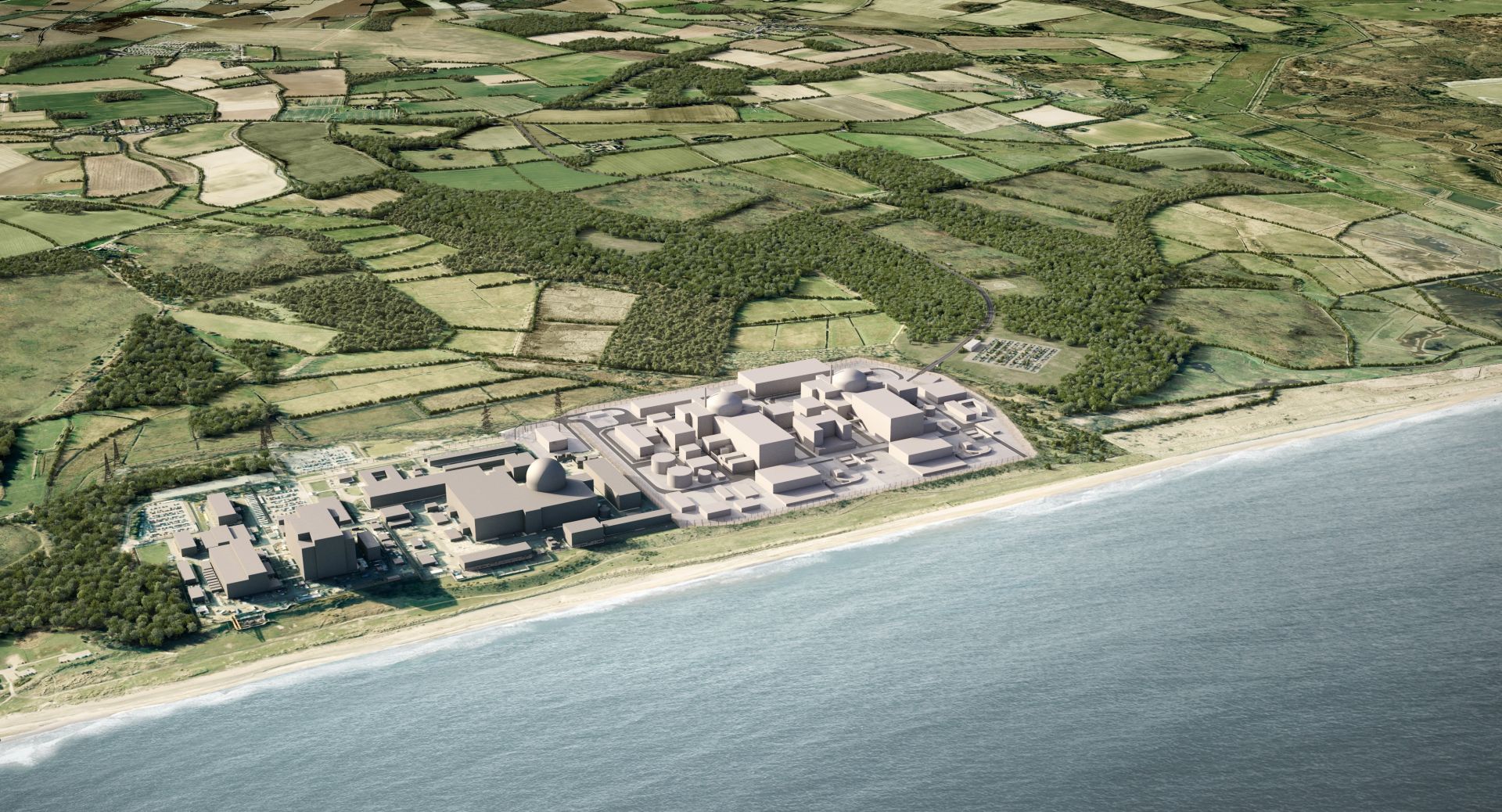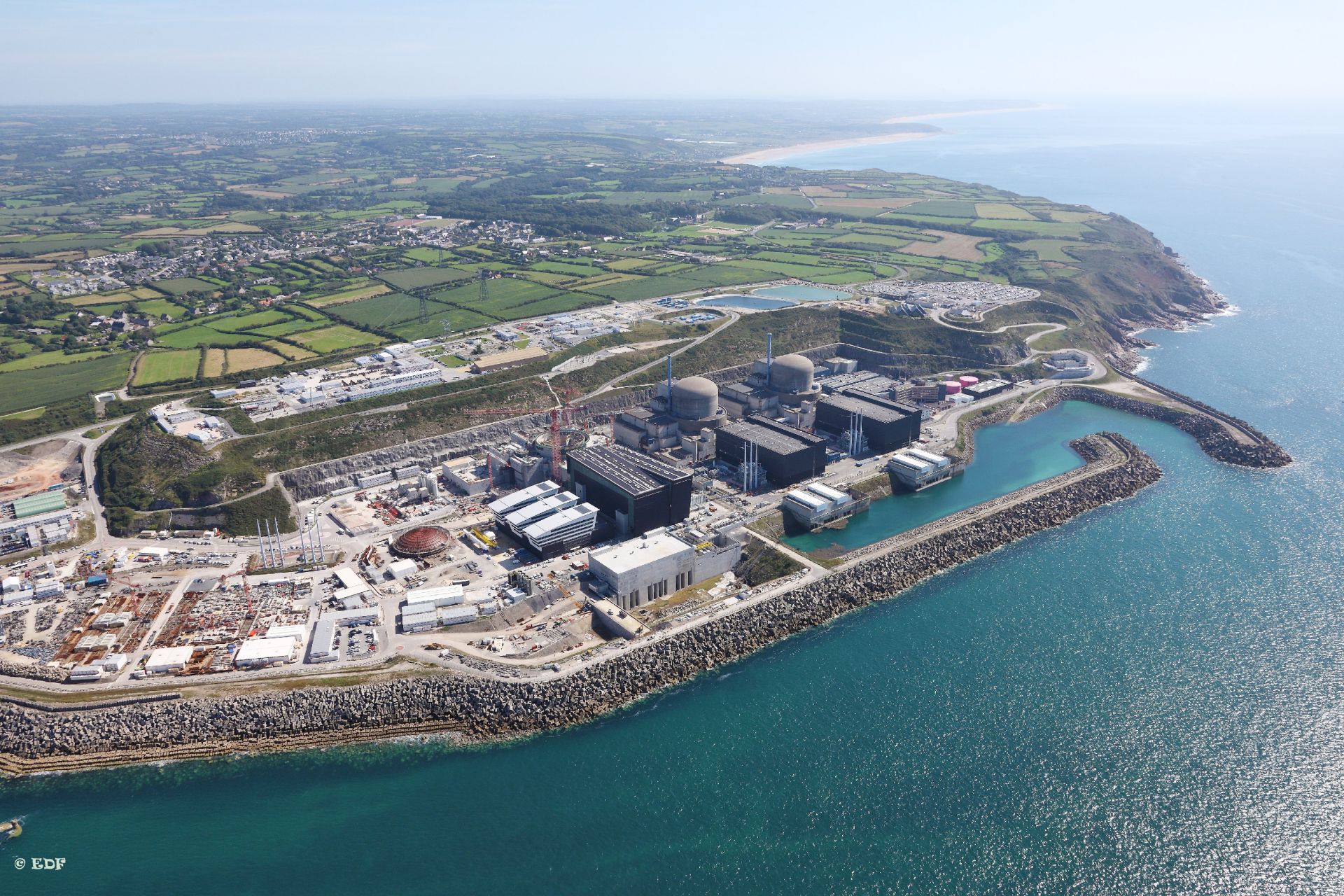The first steel ring section of the Unit 2 reactor building was installed in November 2021. (Photo: EDF Energy)
The United Kingdom’s Office for Nuclear Regulation (ONR) has granted permission for the start of bulk mechanical, electrical, and HVAC component installation work at the Hinkley Point C site in Somerset, England, where two 1,630-MWe EPRs are under construction. Thus far, most of the activity at Hinkley Point C has been in the field of civil construction.
This new phase, according to ONR, will require a workforce of up to 4,000 during peak times, including welders, pipe fitters, and electricians. The work is to be accomplished over a three-year period, with NNB Genco—the EDF Energy subsidiary set up in 2009 to build and operate Hinkley Point C—teaming up with four suppliers: Balfour Beatty Bailey, Doosan, Cavendish, and Altrad.
The Flamanville nuclear power plant in France.
France’s Flamanville-3 project, plagued by schedule setbacks and cost overruns for well over a decade (construction of the unit commenced in December 2007), will be delayed a bit longer and cost a bit more.
Électricité de France announced yesterday that fuel loading at the 1,600-MWe EPR has been pushed back from the end of this year to the second quarter of 2023. The delay increases the project’s cost at completion from €12.4 billion (about $14.2 billion) to €12.7 billion (about $14.5 billion), more than four times the initial estimate of €3.3 billion, according to EDF.
A screen capture from the meeting that discussed the pathway to net-zero emissions by 2050: (From left) Leah Parks, Giulia Bisconti, Nicholas McMurray, Josh Freed, and Laura Hermann. Panelists who joined the meeting virtually were Sama Bilbao y León and Edie Greaves.
The Thursday morning executive session at last week’s 2021 ANS Winter Meeting and Technology Expo brought together a group of influential nuclear-policy experts from the United States and abroad to discuss the roles nuclear can play in smoothing the pathway to net-zero emissions by 2050. Specific topics explored included the Clean Energy Ministerial (CEM) and its Nuclear Innovation Clean Energy (NICE) Future initiative, as well as last month’s COP26 climate conference in Glasgow. The session was moderated by Leah Parks, a Nuclear Regulatory Commission risk analyst and 2020 ANS Presidential Citation awardee.
The Taishan nuclear power plant, in China’s Guangdong Province. Photo: EDF Group
Unit 1 at the Taishan nuclear power plant in China has been shut down to examine fuel rod damage and conduct maintenance, China General Nuclear Power Group (CGN) reported last Friday.
Taishan nuclear power plant. (Photo: EDF Energy)
If Taishan-1 were operating in France, Électricité de France would shut down the reactor in order to assess the situation in progress and stop its development, according to a July 22 press release from EDF. The 1,660-MWe French-designed EPR—the recent subject of sensational press coverage of fuel rod failures—operates in China’s Guangdong Province.
Taishan’s Unit 1 was the world’s first EPR to be connected to the grid. (Photo: CGN)
The facts, once known, were uncomplicated. At Taishan-1 in China—the first Framatome EPR to be commissioned—operators detected an increase of fission product gases within the primary coolant circuit sometime after the reactor’s first refueling outage in October 2020. The cladding on a handful of the more than 60,000 fuel rods in the reactor had been breached, posing an operational issue—but not a public safety issue—for the plant.
A screen capture from the video "Finland Might Have Solved Nuclear Power’s Biggest Problem" on YouTube.
A new video, Finland Might Have Solved Nuclear Power’s Biggest Problem, debuted on YouTube this morning and has been seen already by a large number of viewers. The video takes a look at Finland’s efforts to lessen its reliance on foreign energy and meet its goal of carbon neutrality by 2035 with nuclear power, as well as to provide a solution to the problem of spent nuclear fuel.



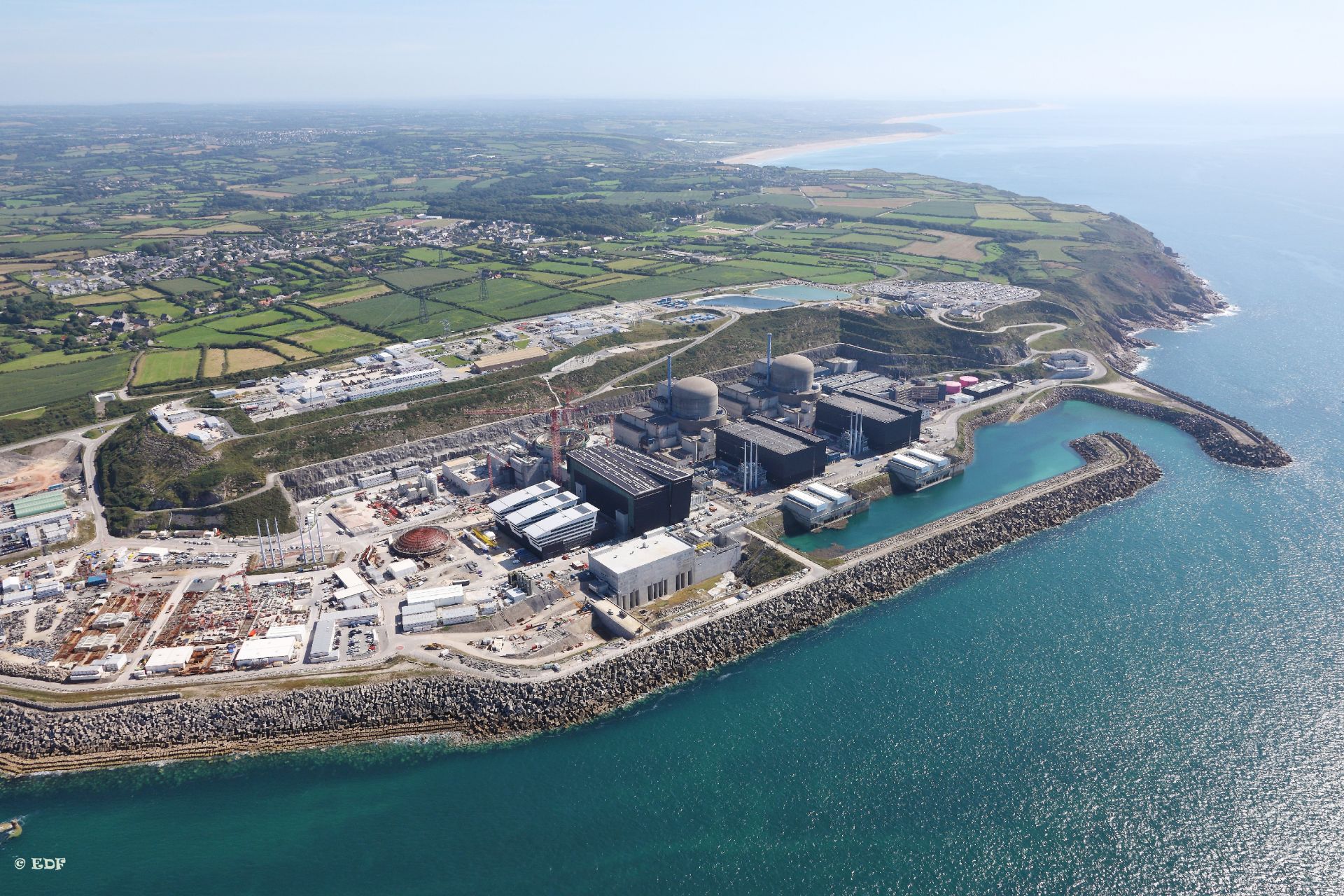
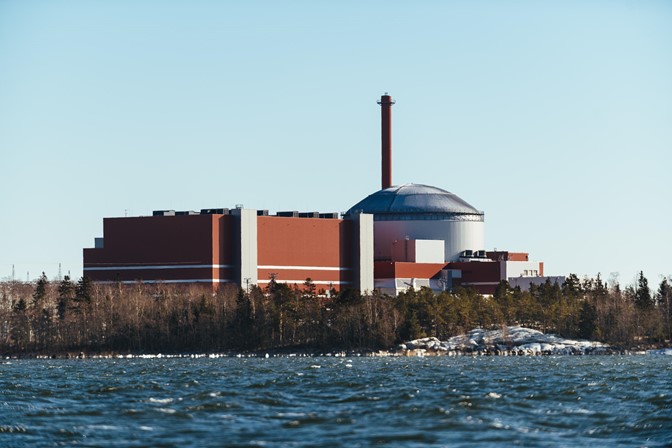

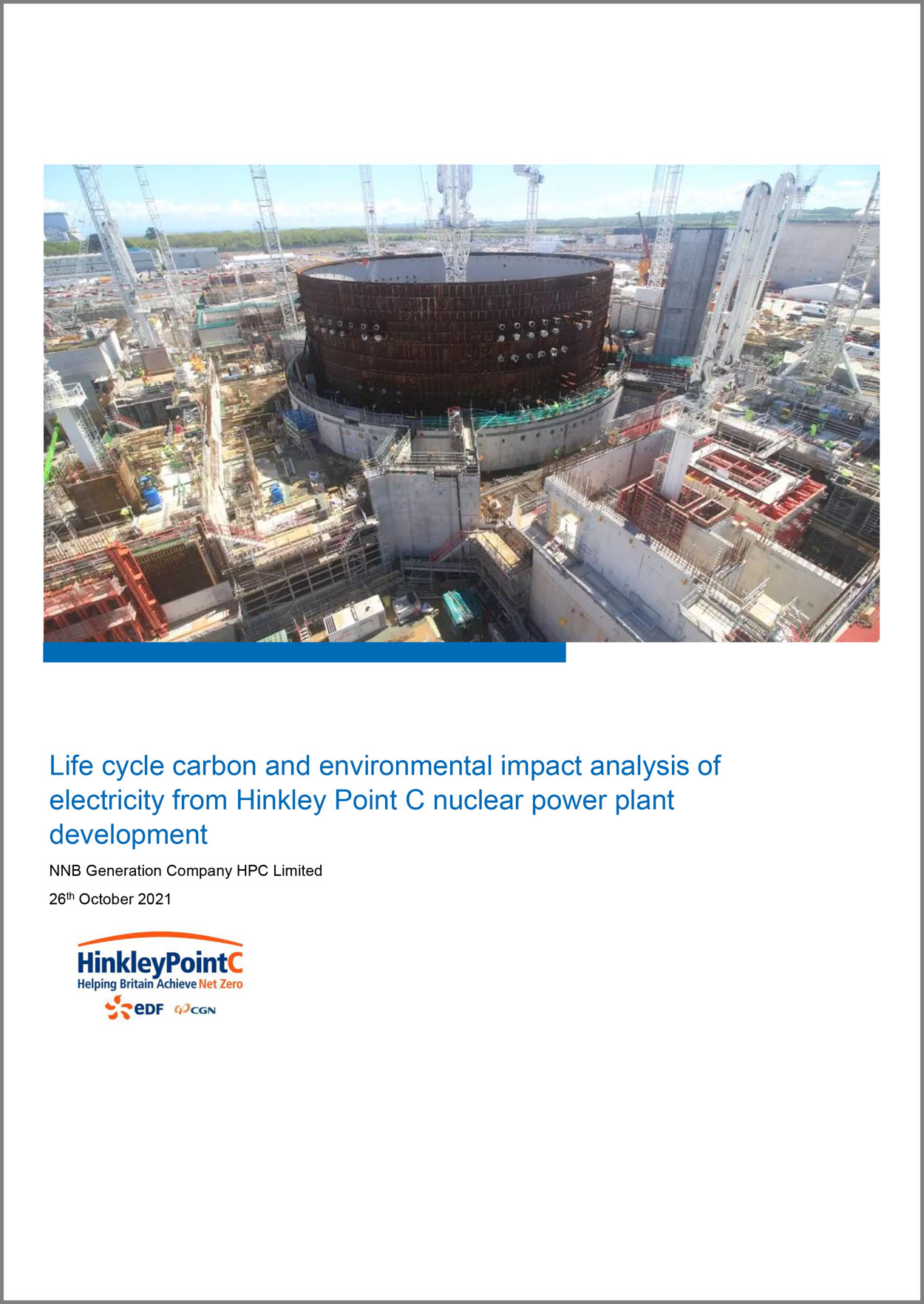 A
A 
